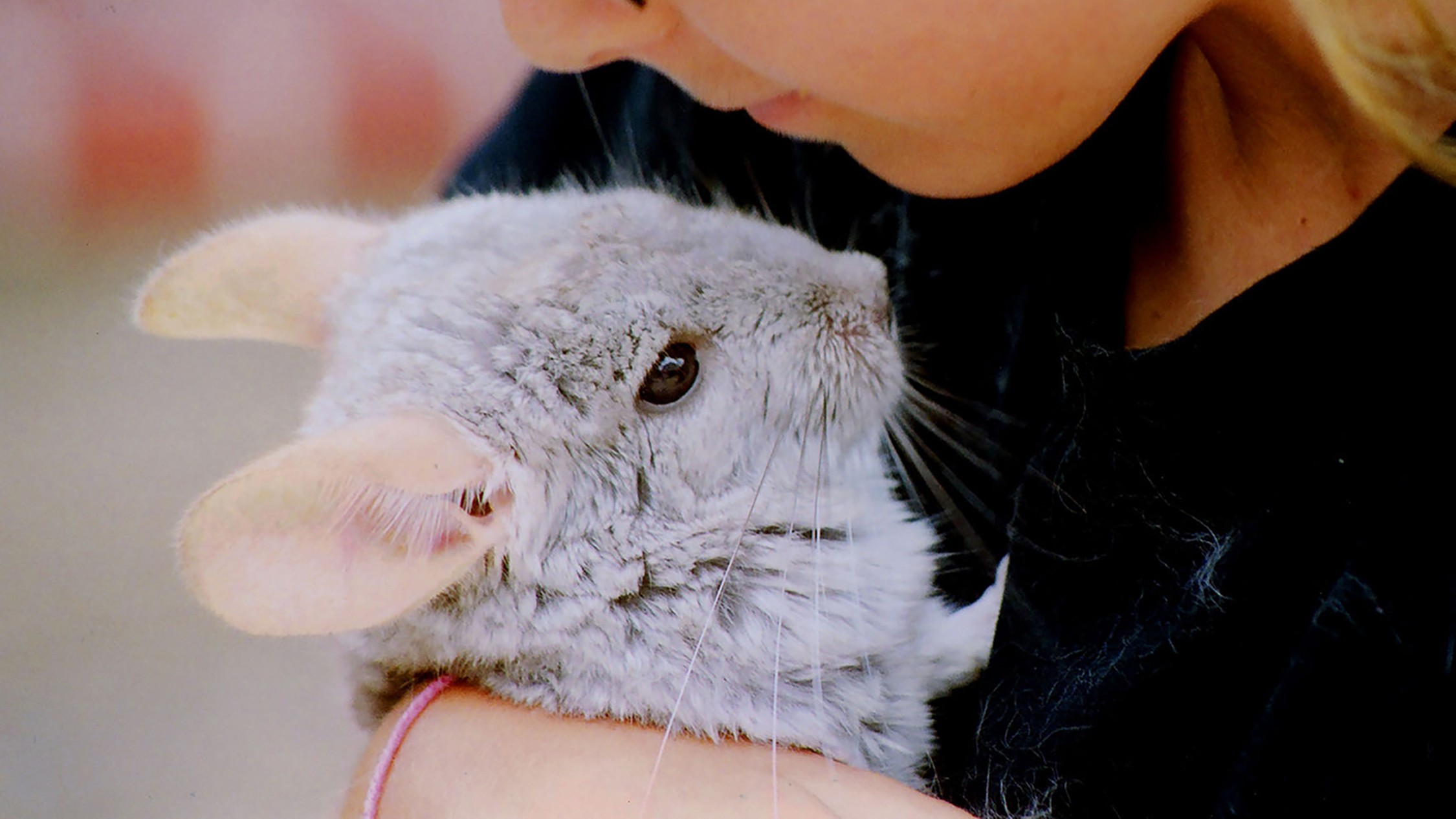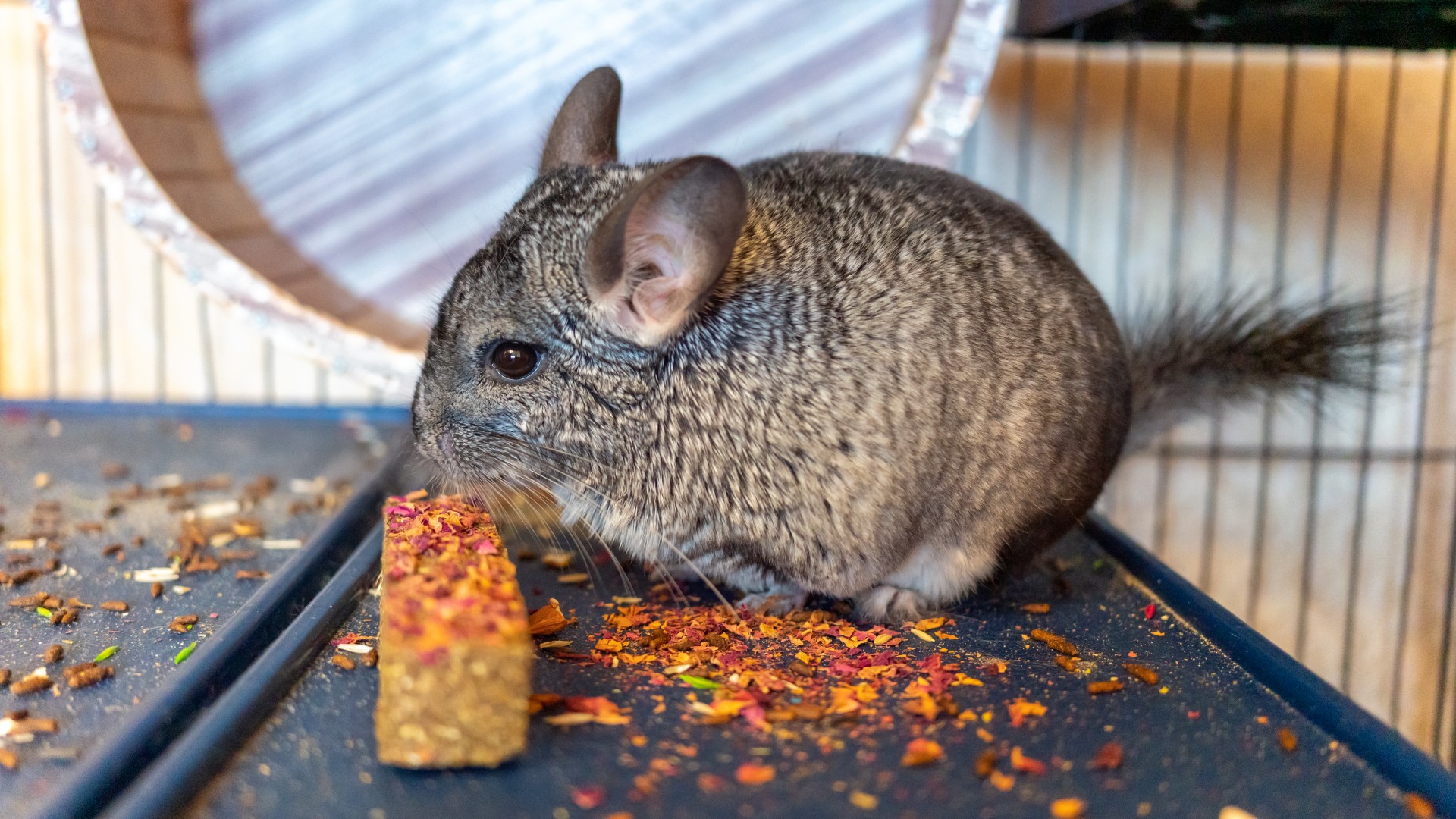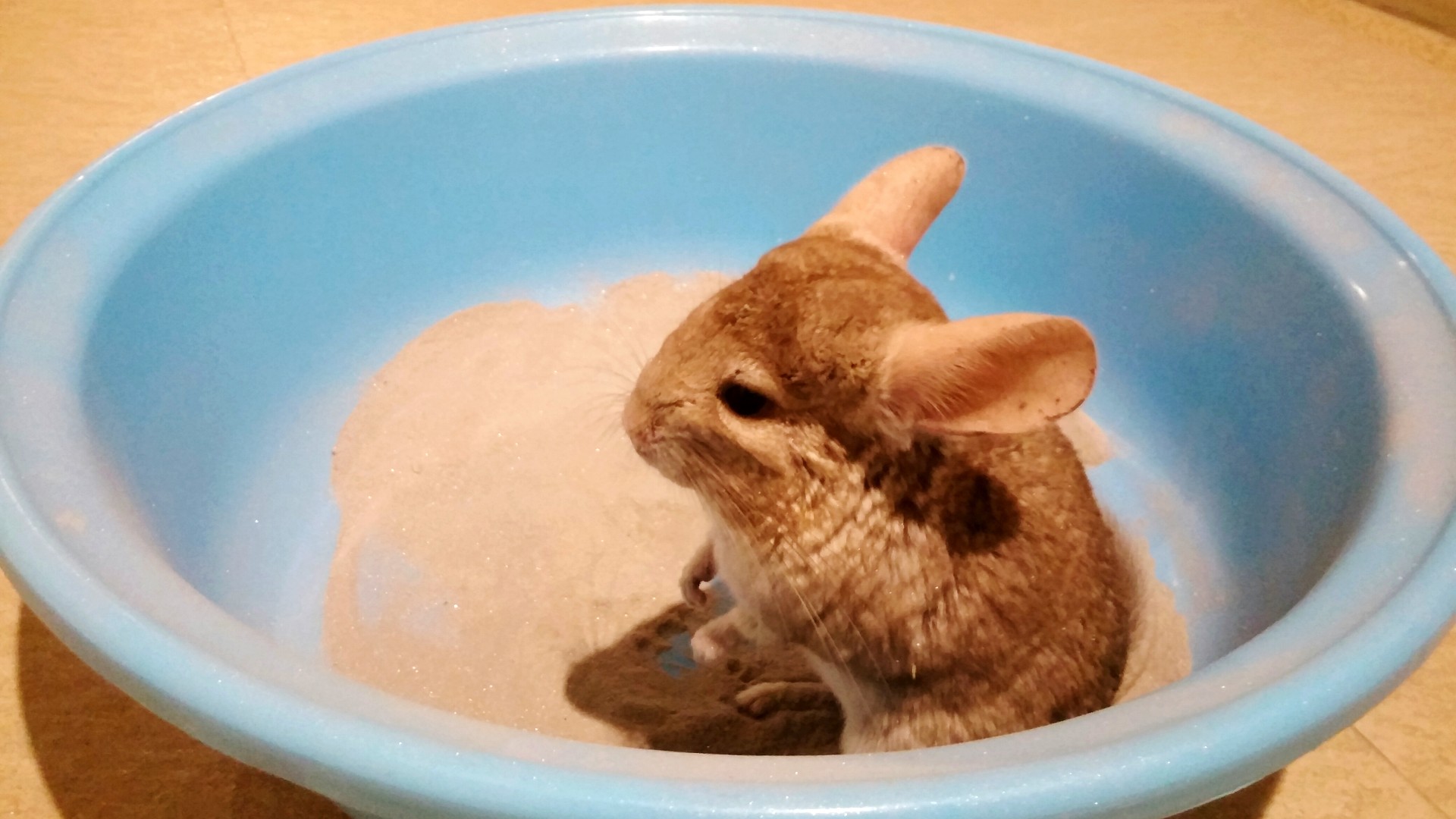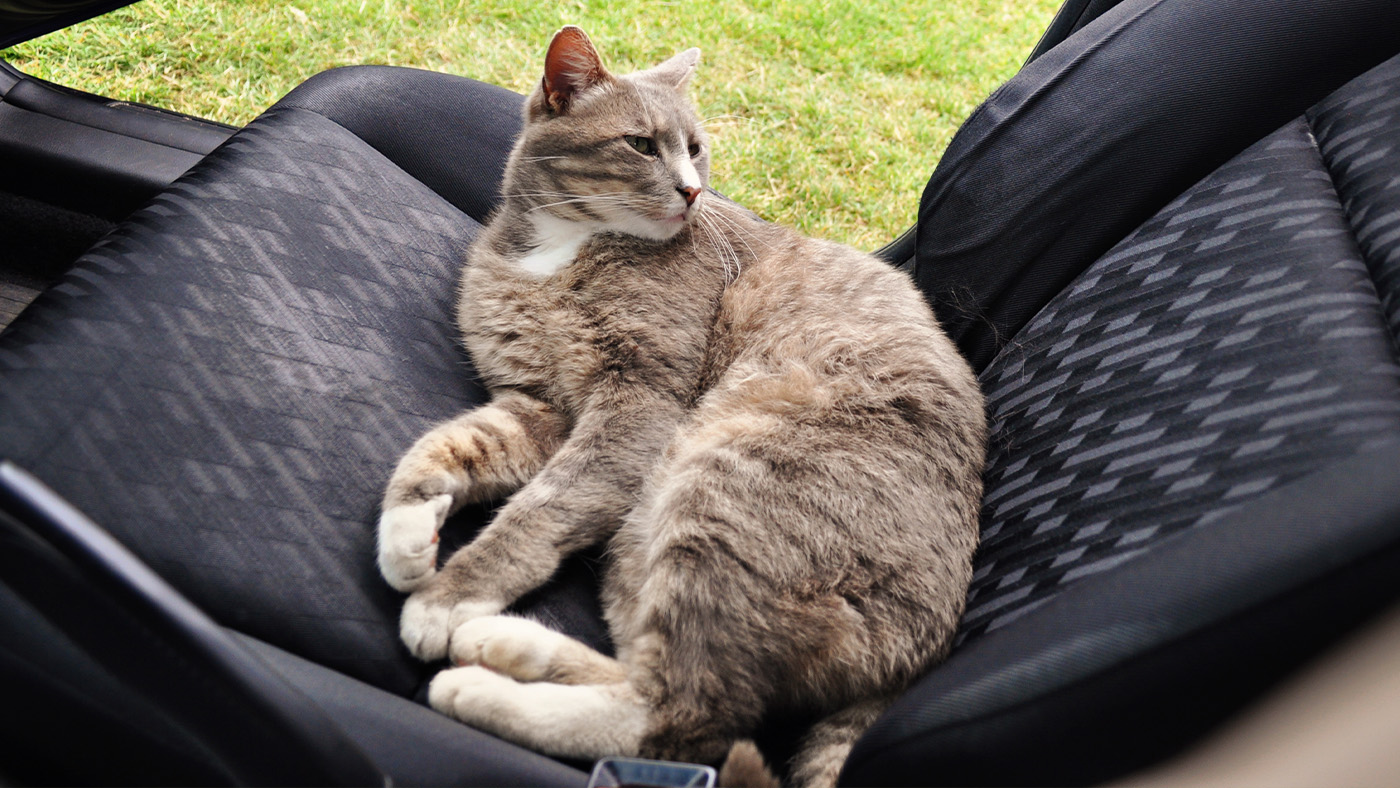Chinchilla care guide: How to look after your lively fur friend
From housing to health and everything in between, our chinchilla care guide has everything you need to know to help your pocket pet thrive

A chinchilla care guide can be a helpful first port of call if you’ve just become a new pet parent to one of these lively and social little creatures. From housing and health to food and enrichment, you’ll find everything you need to know to help get you started right here.
Native to the Andes mountains, chinchillas can be nervous and skittish when they’re first placed in an unfamiliar environment, but once comfortable, these intelligent rodents can make for friendly and affectionate pets.
Naturally sociable animals, chinchillas live in groups known as herds in the wild and do not do well when they’re their fellow fur friends to interact with. Because of this, you’ll want to make sure you have a pair of chinchillas so that they can keep each other company.
Unlike a dog or a cat, chinchillas require a higher level of specialized care in order to thrive. A large cage, a nutritious diet, regular access to sand baths and plenty of environmental enrichment are all necessary when it comes to helping your pocket pet stay happy and healthy. Let’s take a look at each of these in more detail….
Housing
While you may be tempted to put your chinchilla in one of the best hamster cages, especially if you’ve previously owned a hammy, you might be surprised to learn that not all rodents are created equal.
Hamster cages are actually far too small for chinchillas, who require a lot of space to move about in. Agile, active and acrobatic, this particular pocket pet will thrive in a multi-level cage that has plenty of room for them to roam about in.
Ideally, your chinchillas habitat should be a minimum of 4’ x 4’ x 3’ - a high cage is particularly important for chinchillas, who in the wild love nothing more than leaping and jumping.
Because they love to chew, we recommend you steer clear of wooden cages and opt for a wire-mesh model instead - although steer clear of galvanized wire as this contains zinc which can be toxic if ingested.
You might also want to consider covering the bottom of the wire cage floor with Plexiglass, non-treated wood or another form of easy-to-clean flooring as this will help prevent foot trauma.
Food and diet

Chinchillas are herbivores, which means their bodies are designed to eat plant-based foods. These little guys mostly eat at night and because their teeth grow continuously throughout their life, they are reliant on grass and hay to help keep them at the correct length and shape.
In order to keep your chinchilla happy and healthy, we recommend a diet made up of the following:
- Good quality hay - such as Timothy hay or another low-calcium alternative, like orchard grass, oat hay or meadow hay - avoid alfalfa hay which is too high in calcium. Hay should form the bulk of your chins diet and be available for them to access 24/7.
- Grass-based chinchilla pellets - around 1-2 tablespoons per day.
- Treats - a small amount of dried fruit, root vegetables, low-calcium green vegetables or the occasional piece of high fiber fresh fruit (such as apple slices) can be given once a week.
- Drinking water - fresh, clean water needs to be provided at all times and the water changed daily.
Be sure to introduce any new dietary changes slowly to avoid the possibility of a gastrointestinal upset as chinchillas have very delicate digestive systems.
Enrichment activities
Offering your chinchilla plenty of environmental enrichment will help to keep them mentally and physically stimulated and enable them to express many of their natural behaviors, such as chewing and jumping.
When it comes to what to put in your pocket pets cage, boxes, tunnels and tubes are great ideas as these offer plenty of opportunities for exploration, hiding and jumping, while branches of wood will tap into that chewing instinct and help to wear their teeth down at the same time.
A hamster wheel is another wonderful enrichment toy and while the name may suggest otherwise, they’re not just for hammys - our chinchilla friends also enjoy a good run around. Just be sure to select a solid-sided wheel to prevent tiny toes and tails from getting stuck in gaps and slats and steer clear of plastic models.
Although they’re relatively new to the market, you can now get snuffle mats that have been designed especially for pocket pets. Covered in soft felt strands that provide the perfect hiding spot for treats, snuffle mats are ideal for stimulating your chinchillas natural foraging behaviors.
Dust baths

Chinchilla dust baths may not immediately sound like the best way for your rodent to keep themselves clean, but unlike we humans, your pocket pet doesn’t require a good scrub with shampoo and water to keep their fur looking in tip-top condition.
Instead, chinchillas in the wild roll around in volcanic ash which not only removes dirt and impurities from their coat but also absorbs any excess oil. Not only is dust a great way for them to keep clean, they also love frolicking about in it, so it’s a wonderful way to give their mental health a boost.
You’ll want to provide your chinchilla with a dust bath two to three times a week for around five to 10 minutes per session. Ensure you don’t exceed these guidelines, as bathing in dust too frequently can dry out your fur friends skin and result in flakiness, itching and scratching.
Health
Did you know that chinchillas have a similar pain threshold to people? It’s true! The only difference is they’re not good at showing outward signs of discomfort, so you’ll want to closely monitor their behavior to ensure they’re doing ok.
Some of the common signs of illness or injury that you may notice include:
- Fur loss
- Wetness around the eyes or mouth
- Sore feet
When it comes to specific health problems, these are the ones your chinchilla will be most susceptible to:
- Bite wounds when housed with other chinchillas
- Respiratory diseases
- Overgrown and impacted teeth
- Gastrointestinal issues, such as bloat
- Skin and fur conditions, particularly fungal infections
- Heat stroke
With the proper love and care, most of the above illness and injuries can be prevented, but if you notice any deviations in your chinchillas normal behavior or you have reason to suspect they may be unwell, we recommend you immediately seek the advice and guidance of your vet.
PetsRadar Newsletter
Get the best advice, tips and top tech for your beloved Pets

Kathryn is a freelance writer who has been a member of the PetsRadar family since it launched in 2020. Highly experienced in her field, she's driven by a desire to provide pet parents with accurate, timely, and informative content that enables them to provide their fur friends with everything they need to thrive. Kathryn works closely with vets and trainers to ensure all articles offer the most up-to-date information across a range of pet-related fields, from insights into health and behavior issues to tips on products and training. When she’s not busy crafting the perfect sentence for her features, buying guides and news pieces, she can be found hanging out with her family (which includes one super sassy cat), drinking copious amounts of Jasmine tea and reading all the books.
